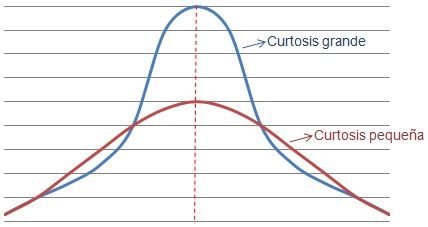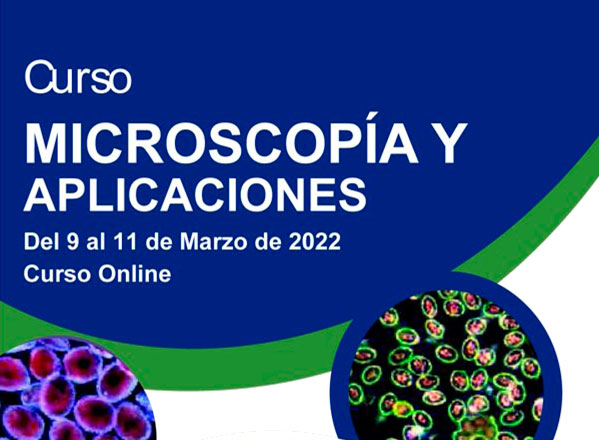Deterministic Decoupling of Global Features and its Application to Data Analysis

Developed a mathematical method that significantly reduces the error rate of artificial intelligences in various tasks.
In this way, for example, the characteristics of cancer diagnostic images can be analyzed to teach a computer to quickly and automatically differentiate cases of cancer.
This is the so-called artificial intelligence, which can work in the so-called classic scenario, where it is people who mark the characteristics that the machine must look for, or there is also the deep learning scenario, or deep learning where it is the neural network itself that that once it has seen a large set of positive and negative cases, it decides for itself what characteristics it should look at to differentiate one case from another.
Having a set of features with very intricate relationships is an obstacle to interpreting the role of each feature separately. It also complicates the manipulation of the samples, in case we want to study the result of modifying the value of a characteristic independently of the others, or invent new data by fixing some values to its characteristics.
An example of coupled features would be the diameter of a ball and its volume, if one of the values is changed the other changes as well. An example of decoupled features would be size and color, for example.
The study has demonstrated its capabilities by managing to solve a mathematical problem with statistical-type characteristics: they have decoupled a characteristic called kurtosis not only from the mean and variance, but also from asymmetry, which had not been achieved until now.
By working with features that are decoupled and independent of each other, a significant improvement in the performance of artificial intelligence is achieved compared to the use of classic (non-decoupled) descriptors, for example, reducing the percentage of errors in classification tasks.
Another utility of the decoupled characteristics is that by being able to modify one of them without altering the other characteristics, the data can be easily modified without falling into unnatural values, which allows, for example, substantial advances in image editing in photography or video or in the automatic generation of realistic images by an artificial intelligence.

- Kurtosis (or sharpness) is a measure of shape that measures how steep or flattened a curve or distribution is.
- The variance (S2) measures the dispersion of the data of a sample (X1,X2,…,XN) with respect to the mean (x)
- Skewness measures the difference in cases between the right and left sides of the mean

Some images have been provided by Universo formulas
Related News
Talk by Marcelo Bertalmío at the conference “Bio-Inspired Systems: Practical Applications”
Next Monday, May 23, our colleague Marcelo Bertalmío is going to give a talk at the Spanish Institute of Engineering, at the Conference...
Multi-exposure microscopic image fusion-based detail enhancement algorithm
Do you know what diatoms are? Do you know that they capture more CO2 than all the jungles together? New HDR image fusion method to automatically...
V Course on Microscopy and Applications 2022
Online course - From March 9 to 11, 2022. The objective of the course is focused on the development of the theoretical foundations of the formation...




